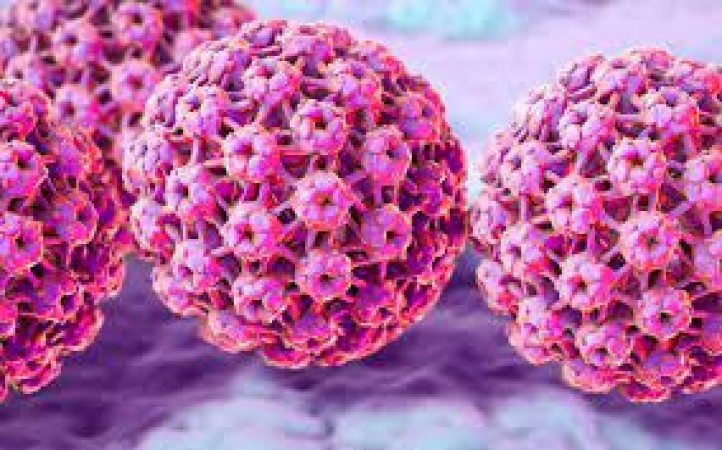
Human Papillomavirus (HPV) has emerged as a significant global health concern, raising alarm bells in the medical community and among the general public. In this article, we will delve into what HPV is, its implications, and crucial strategies to avoid its transmission and associated health risks.
HPV, short for Human Papillomavirus, is a group of more than 200 related viruses that can infect the genital area, mouth, and throat of both males and females. These viruses are among the most common sexually transmitted infections (STIs) worldwide.
HPV variants are categorized into high-risk and low-risk types. High-risk HPV strains are notorious for their association with various cancers, including cervical, anal, and oropharyngeal cancers. On the other hand, low-risk HPV types can lead to benign growths like genital warts.
The impact of HPV is staggering, with far-reaching consequences that extend beyond individual health. Let's explore the broader implications:
Cervical cancer is predominantly caused by high-risk HPV infections. It ranks as the fourth most common cancer in women worldwide, with approximately 90% of cases linked to HPV.
HPV-related anal and oropharyngeal cancers are on the rise, affecting both men and women. Early detection and prevention are critical.
Low-risk HPV types can result in genital warts, causing physical discomfort and psychological distress.
Preventing HPV infection is paramount in curbing its global impact. Here are practical steps to minimize your risk:
One of the most effective preventive measures is getting vaccinated. HPV vaccines are available for both males and females and are typically administered in childhood or adolescence.
Practicing safe sex by using condoms consistently and correctly can reduce the risk of HPV transmission. Open communication with sexual partners is crucial.
For cervical cancer prevention, regular Pap smears and HPV tests are essential. Early detection allows for timely intervention.
Educating yourself and others about HPV and its consequences is vital. Public awareness campaigns can help reduce the stigma surrounding this common infection.
Expanding HPV vaccination programs to include both genders can contribute significantly to reducing the overall burden of the virus.
HPV infections are often accompanied by stigma and misconceptions. It's essential to address these issues openly and compassionately:
Clearing up misconceptions about HPV and its transmission can help reduce fear and stigma.
Creating supportive communities and resources for individuals affected by HPV can make a significant difference in their mental and emotional well-being.
Acknowledging that HPV is a common infection and that anyone can contract it can help eliminate shame and stigma. HPV is indeed an alarm bell for the world, but it's also a challenge we can address collectively. By understanding what HPV is, its global impact, and taking proactive steps to prevent its transmission, we can protect ourselves and future generations from the serious health consequences associated with this virus. Let's break the silence, dispel the myths, and work together to combat HPV for a healthier world.
This fruit will cure diabetes forever